Historic preservation and restoration in Dallas real estate
In the heart of Dallas, a city known for its soaring skyscrapers and modern skyline, lies a hidden treasure trove of history waiting to be uncovered. Historic preservation and restoration have become integral components of Dallas real estate, breathing new life into the architectural gems of yesteryear. This exploration delves into the significance of preserving the city’s historical fabric, the challenges faced in restoration endeavors, and the enduring charm of properties that stand as testaments to bygone eras.
Preserving Dallas’s Architectural Heritage:
As Dallas continues to evolve and modernize, the importance of preserving its architectural heritage becomes increasingly crucial. Historic buildings, from grand mansions to humble storefronts, weave a narrative of the city’s past. The commitment to maintaining these structures not only honors the cultural legacy but also contributes to the city’s identity and character.
Architectural Diversity:
Dallas’s architectural landscape is a tapestry of styles reflecting different periods in history. From the Victorian elegance of Swiss Avenue to the neoclassical splendor of the Old Red Courthouse, each structure tells a story. Historic preservation ensures that this diversity remains intact, allowing residents and visitors alike to experience the richness of Dallas’s architectural evolution.
Community Identity and Connection:
Historic buildings serve as anchors for community identity. The preservation of these structures fosters a sense of connection to the past, providing current and future generations with tangible links to their roots. Whether it’s a neighborhood school, a former industrial complex, or a residential enclave, these structures become more than mere edifices; they embody the shared history and memories of a community.
Challenges in Preservation Efforts:
Preserving historic buildings in a rapidly developing urban environment comes with its set of challenges. Zoning regulations, economic considerations, and the need for modern amenities often clash with the desire to maintain the authenticity of historical structures. Striking a balance between progress and preservation requires thoughtful planning and a collaborative effort from various stakeholders, including property owners, developers, and preservationists.
Adaptive Reuse and Sustainable Practices:
One innovative approach to historic preservation in Dallas involves adaptive reuse – repurposing old structures for contemporary needs while preserving their historical features. This not only breathes new life into aging buildings but also promotes sustainability by reusing existing resources. Adaptive reuse projects, such as converting warehouses into loft apartments or transforming factories into creative spaces, showcase the synergy between preservation and modern functionality.
Economic Benefits of Preservation:
Contrary to the notion that historic preservation is economically burdensome, it can be a catalyst for economic growth. Preserved historic districts often attract tourism, spur local business development, and enhance property values. The unique charm of well-preserved historic neighborhoods becomes a magnet for both residents and businesses seeking a distinctive, character-rich environment.
Historic Preservation Tax Incentives:
Recognizing the financial challenges associated with historic preservation, government initiatives such as tax incentives have been introduced to encourage property owners to undertake restoration projects. These incentives aim to offset the costs associated with maintaining and restoring historic structures, making it financially feasible for owners to contribute to the preservation efforts.
Architectural Restoration as a Craft:
The meticulous process of restoring historic buildings is an art form in itself. Skilled craftsmen, architects, and preservation specialists work hand in hand to ensure that every detail, from ornate moldings to original flooring, is authentically replicated or meticulously restored. This commitment to craftsmanship not only preserves the historical accuracy of a structure but also contributes to the overall aesthetic value of the community.
Educational Opportunities:
Preservation efforts in Dallas extend beyond the physical restoration of buildings. Many organizations and institutions actively engage in educational programs to raise awareness about the city’s history and the importance of preservation. Guided tours, workshops, and lectures serve as platforms for residents to connect with the past, fostering a sense of pride in the city’s cultural heritage.
The Timeless Allure of Historic Homes:
The appeal of living in a historic home transcends architectural appreciation; it’s an emotional connection to a bygone era. Original features, such as stained glass windows, clawfoot bathtubs, and hardwood floors, evoke a sense of nostalgia and charm that is often absent in modern constructions. Homebuyers seeking a unique living experience find solace in the authenticity and character of historic homes.
Historic preservation and restoration in Dallas real estate are not mere endeavors to save old buildings; they are commitments to preserving the soul of the city. The effort to maintain the delicate balance between progress and preservation ensures that future generations can walk the same streets, admire the same facades, and connect with the shared history that defines Dallas. As the city continues to evolve, the architectural gems of the past stand as resilient reminders that the roots of progress are firmly planted in the rich soil of history. In the dance between old and new, historic preservation emerges as the guardian of Dallas’s cultural legacy, ensuring that the echoes of the past resonate in harmony with the rhythm of the present.

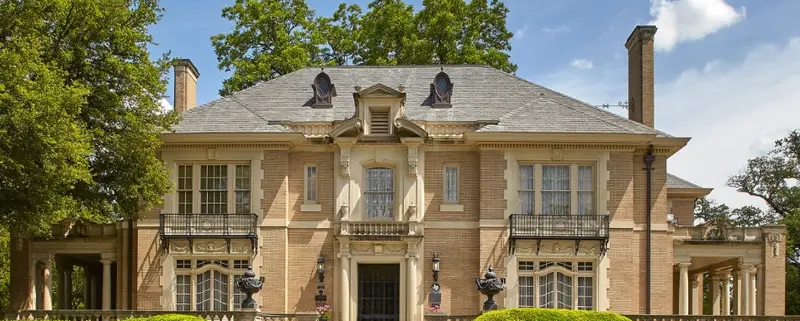

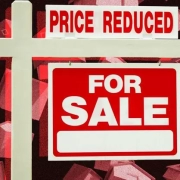
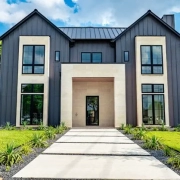
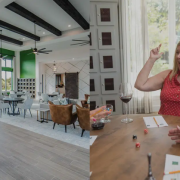
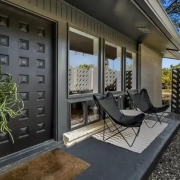
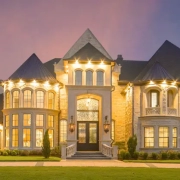
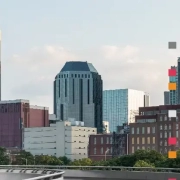







Leave a Reply
Want to join the discussion?Feel free to contribute!